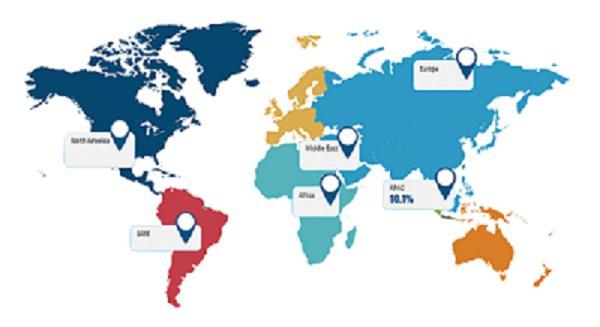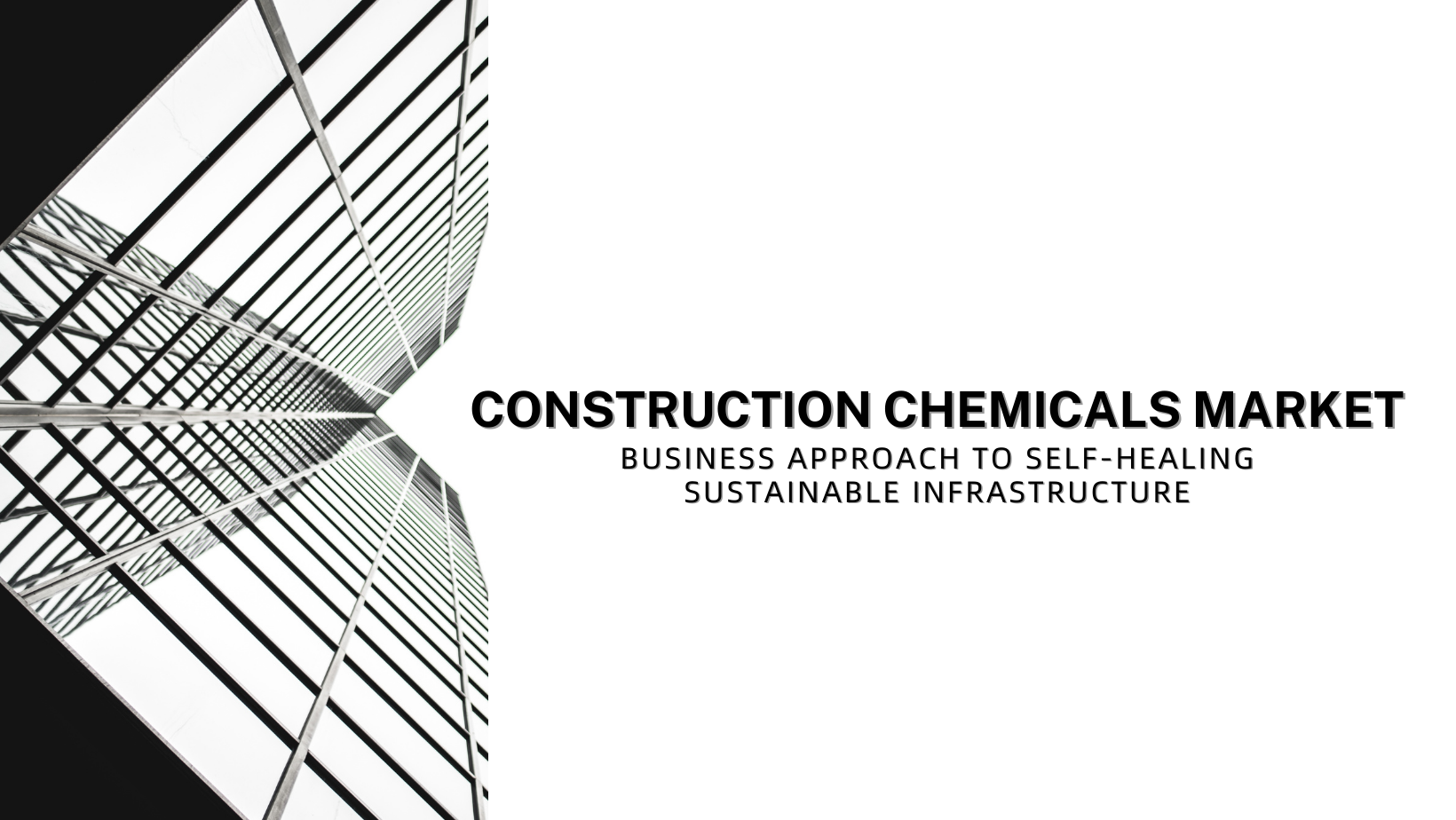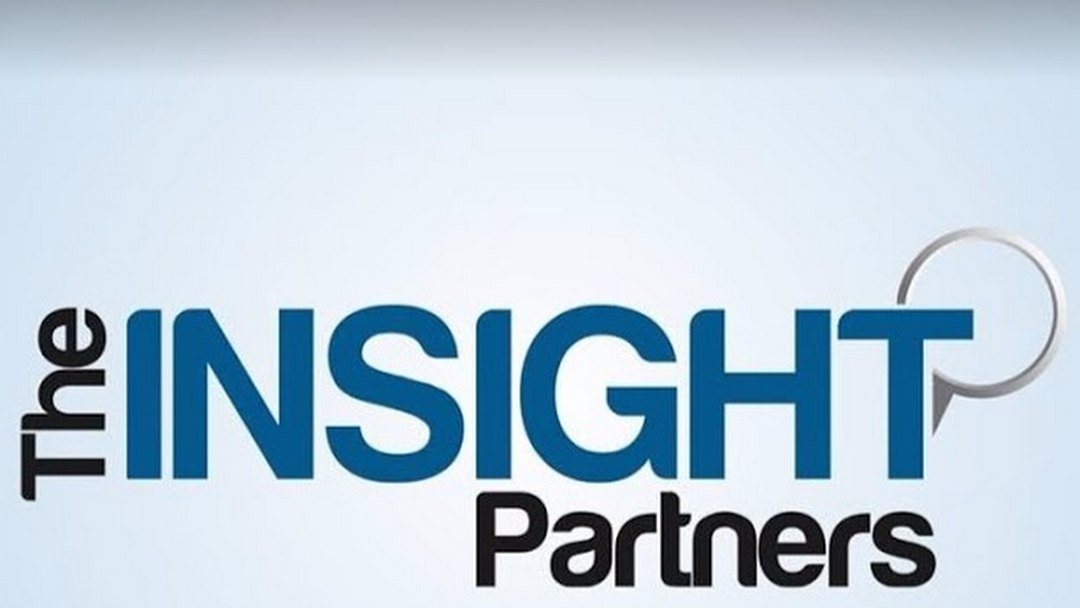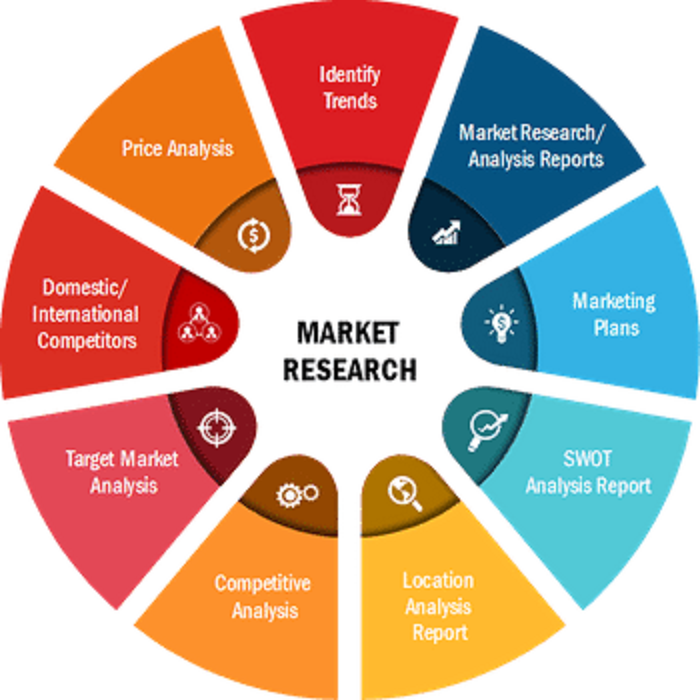Soldering is known as a process in which two or more than two items are joined together by melting and then putting a filler metal called solder into the joint. The filler metal used in this process has a lower melting point as compared to the adjoining metal. In the past decades, nearly all solders contained lead; however, environmental and health concerns among consumers have increasingly dictated the use of lead-free alloys for electronics and plumbing purposes. Solder is basically used in plumbing, electronics, construction, and metalwork from flashing to jewelry, medical, and musical instruments. Solder mainly provides reasonably permanent but reversible connections between copper pipes in plumbing systems along with joints in sheet metal objects such as food cans, rain gutters, roof flashing, and automobile radiators. Electronic solder connects electrical wiring to devices and electronic components to printed circuit boards. Inside the solder core, there is a materials called flux, which helps improve the electrical contact and its mechanical strength. For electronics solder, the commonly used type is lead-free rosin core solder. This type of solder is mainly made up of a Tin/Copper alloy.
INCREASING DEMAND FROM ELECTRONIC INDUSTRY TO BOOST ITS DEMAND IN THE GLOBAL SOLDER MATERIALS MARKET
Rising demand for various smart electronics and the advent of energy-efficient electronics are considered as the major factors expected to drive the solder materials market. In addition to that, the rising production of electronic devices or gadgets in developing countries coupled with the presence of a notable electronics aftermarket industry is expected to boost the demand for such materials during the forecast period. Conventional micrometer solder materials in the paste exhibit several shortcomings, such as high melting temperatures, which may result in undesired stress during the reflow processing, restricted applications, and defects in the joint. This has further led to the introduction of the innovation of various sub-micron and nanoparticle-based solder materials. Hence, the solder materials market is likely to be propelled by the development in the sector of electronic refurbishing. There are different types of solder materials such as lead-free solder, solder wire, solder ball, solder bar, and others used in the electronic industry. Lead-free solders are increasing in use owing to regulatory requirements along with the health & environmental benefits towards avoiding lead-based electronic components. They are mostly used in consumer electronics. For electrical & electronics work, solder wire is available in the market with a range of thicknesses for hand-solder and with cores containing flux. Plumbers mostly use bars of solder, much thicker than the wire used for electrical applications and then apply flux separately; note that many plumbing-suitable solder fluxes are too corrosive (or conductive) to be used in electrical or electronic work. For the electronic industry, through different processes such as screen-printing, laser printing, wave and reflow, solder can be achieved. Screen or stencil printing is a process of depositing solder paste on the printed wiring boards (PWBs) to establish electrical connections. Laser solder is basically a technique where a precisely focused laser beam offers controlled heating of the solder alloy, which leads to a fast and non-destructive of an electrical joint. Wave solder is known as a large-scale solder process through which electronic components are soldered mainly to a printed circuit board (PCB) to form an electronic assembly. Reflow solder is one of the processes in which a solder paste is used to temporarily attach one or more than thousands of tiny electrical components into their contact pads; after that, the entire assembly is subjected to controlled heat.
The major players operating in the global solder materials market include Fusion Incorporated, Indium Corporation, Kester, KOKI Company Ltd, Lucas-Milhaupt, Inc., Qualitek International, Inc., Senju Metal Industry Co., Ltd, Stannol GmbH & Co. KG, Tamura Corporation, and Nihon Genma, among others. These key players in the market are focused on new and improved product offerings so that it could meet out the demand for specific end-use industries in the market, which is further expected to boost this market. For Instance, In May-2-20, KOKI Company Limited has developed halogen free solder paste, named as S3X70-G811, which adopts a specially engineered flux formulation optimized for Type 5 solder powder and enables air reflow solder of 0402 metric size components.



